I have a simple raster (created with R-package: raster). Using the function "rasterToPolygons" I get polygons of all raster cells that contain the value "1":
library(raster)
dat = list()
dat$x = seq(1.5, by = 10, len = 10)
dat$y = seq(3.5, by = 10, len = 15)
dat$z = matrix(sample(c(0,1), size = 10*15, replace = T), 10, 15)
r=raster(dat);plot(r)
r_poly = rasterToPolygons(r, fun = function(r) {r == 1}, dissolve = F)
plot(r_poly, add = T)
I do not use "dissolve = T" to avoid that all polygons are merged into one big polygon. Instead, I wish to obtain a new SpatialPolygonsDataFrame in which all polygons that share an edge or a point are combined. Polygons that are clearly separated should be identifiable as individual polygones. Based on the new SpatialPolygonsDataFrame I would like to analyze the size of the combined polygones as follows:
b = extract(r,r_poly_new) # "r_poly_new" contains the combined polygons
str(b) # list of clearly separated polygons
tab = lapply(b,table)
tab
My question is twofold: 1) How to combine polygones that share an edge or point? 2) How to get this information into a format which allows analyzing the areas of the combined polygones? Thanks very much for your feedback.

